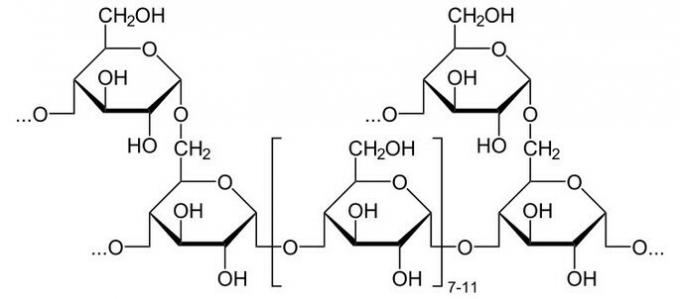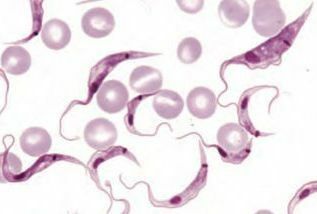You transgenic, or genetically modified organisms (GMO), are produced in the laboratory from the introduction of genes from other species in order to attribute to them characteristics that could not be incorporated naturally or by selection artificial.
An example is a new cotton variety, developed from a bacterial gene Bacillus thuringensis, which produces a protein that is extremely toxic to certain insects and worms. Others, more daring, include drought-resistant string beans, soy with antibodies against cancer, lettuce and tomato with anti-diarrheal protein, and transgenic animals with fortified milk.
The use of these organisms and the products that contain them is a matter of considerable prominence and controversy. You defenders - such as Monsanto, Dupont, Syngenta, Groupe Limagrain, Land OLakes, KWS AG, Bayer Crop, Takii, Sakata and DLF-Trifolium - claim that these food is more productive and resistant, reduce pesticide use and can end the hunger problem in the world. Thus, according to them, GMOs use fewer natural resources and improve the lives of farmers.
already the opposite slope first emphasize the ethical issues, questioning how far the human right to change nature goes and points out that, since Malthus, it is known that the problem of hunger does not it is due to the lack of food, but to the poor distribution of these – which goes against the argument given by those who defend the GMO.
In addition, some evidence has already been identified, such as the fact that transgenic genetic material surpasses the perimeter of 20 meters (defined as "safe" by CTNBio) between crops, contaminating conventional crops, such as in Paraná, by MON corn 810; poisoning of animal and plant species by transgenic components, such as amphibians, by glyphosate; the resistance of GMOs (and agricultural pests such as fall armyworm) to pesticides, causing the use of these products after a few years, terrifyingly exceeds the values used in conventional crops (according to IBAMA, 85% more), causing environmental impacts still larger; the occurrence of allergies, food intolerances and other physiological problems (the British newspaper The Independent reported that Monsanto had conducted research showing that rats fed a diet rich in genetically modified corn developed smaller kidneys and changes in their kidneys. blood); elimination or removal of pollinators; and the possible monopolization of agriculture in the hands of large companies, harming family farming (which accounts for most of the food products consumed in Brazil). In relation to this last factor, it is interesting to point out the case of sterile transgenic plants, classified as being of the “terminator” type: because they do not reproduce, make the farmer have the constant need to buy new seeds, in addition to the specific pesticide of this crop, called Round-up, produced by the same company.
Do not stop now... There's more after the advertising ;)
There is also the possibility that these foods reduce or cancel the effect of antibiotics in the body (remembering that genes are used in many of them bacterial) and the loss of control over the original and transgenic individuals, which can cause invaluable impacts on all biodiversity, such as addition of new genotypes, elimination of species, exposure of individuals to new diseases, reduction of genetic diversity and interruption of nutrient recycling and energy. It is worth mentioning the research carried out by researchers from the Central Institute of Experimental Animals of Japan, published in the scientific journal Nature, which demonstrated that transgenic monkeys can pass the implanted gene to their offspring - meaning that such possibilities are real cited.
Thus, it is clear that, at least until more studies are done, until improvements in inspection are adopted and until consistent arguments and results regarding the safety of these types of products are provided, the principle of precaution. The lack of credit for this practice allowed that mad cow disease could also cause contamination and that countless babies were born with deformities due to the use of thalidomide by their mothers, during the gestation.
By Mariana Araguaia
Graduated in Biology



